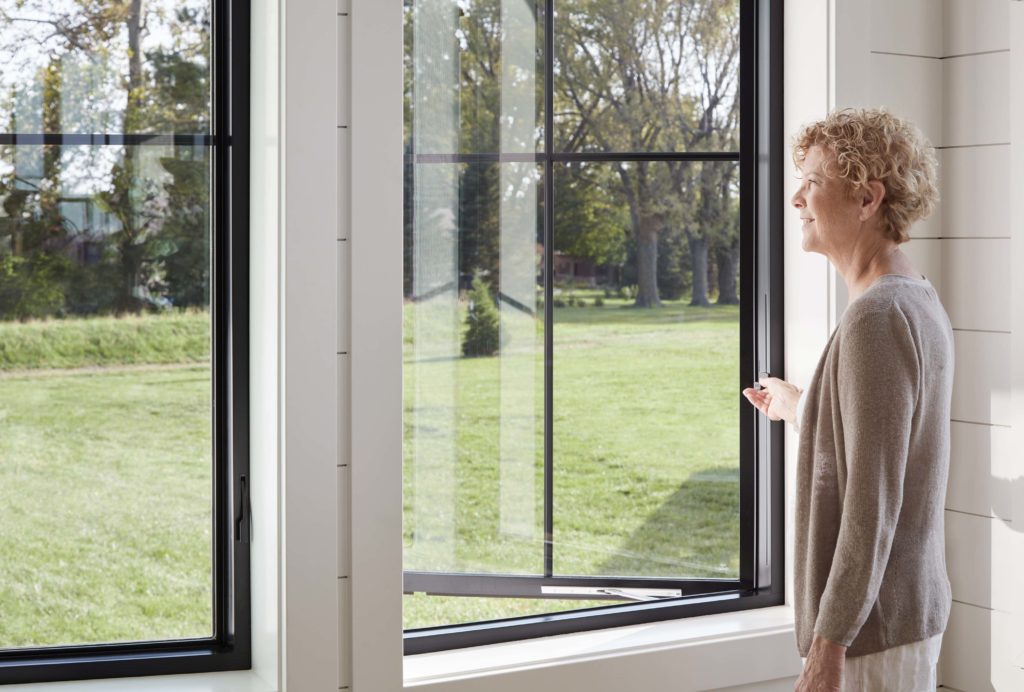SPONSORED CONTENT
Eighty percent of older adults want to continue living in their own home for as long as they can, according to a research report by AARP. The COVID-19 pandemic has only strengthened the resolve that aging in place is a promising option as nursing homes and other group facilities have been hard-hit by the virus.
If home builders aren’t looking toward how to build and design homes that are accessible and comfortable for people of all ages and abilities, they should be. “Universal home design is about creating a home where all ages and abilities can enjoy and thrive,” says Jenn Tuetken, Manager of Design and Insights, Pella Windows & Doors. “It’s about making a beautiful home with improved product features that make spaces more useful and more usable for anyone, anytime.”
Windows and doors are an important design element when it comes to enabling older adults to live comfortably and safely at home. Here are a few window and door considerations when designing for aging in place:
Wider doors
The minimum doorway width for aging in place design is 36 inches, according to the Americans with Disabilities Act (ADA). Consider wider doors and hallways to accommodate a wheelchair, stroller and/or easier mobility for someone with a walker.
More windows
Natural light has an impact on the sleep patterns and overall health of people as they age. When designing homes, pay close attention to the amount of daylight homeowners will experience. Features like more windows and doors with expansive glass are important for people who can no longer move well on their own.

Easy to open windows
Choose windows that are easy to operate. With this in mind, Pella has designed the new Easy-Slide Operator, a hardware solution for casement and awning windows, which allows homeowners to slide the operator up to open and down to close the window. The new hardware solution offers a much smoother operation than continuously cranking.
Sliding or pocket doors
Consider a sliding or pocket door to maximize space and provide privacy. These doors slide in and out of the wall and can also create a larger opening to accommodate wheelchairs or walkers.
Blinds-between-the-glass and motorized shades
Between-the-glass blinds and shades are convenient and generally maintenance-free. Older adults don’t have to worry about dust or damage to their blinds or shades. Many also come with optional motorized shades. When homeowners pair their integrated blinds and shades with Pella® Insynctive® technology and the free Pella Insynctive app, they can control their motorized shades through a smart device from virtually anywhere.
Expect more innovative products to roll out for the “forever home,” in which adults can age gracefully, be comfortable, and remain independent for a long time.
Post courtesy of Pella Windows and Doors.

